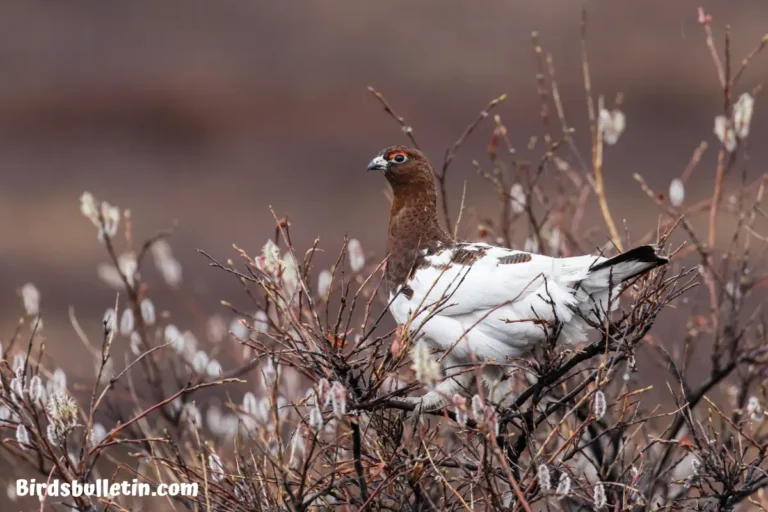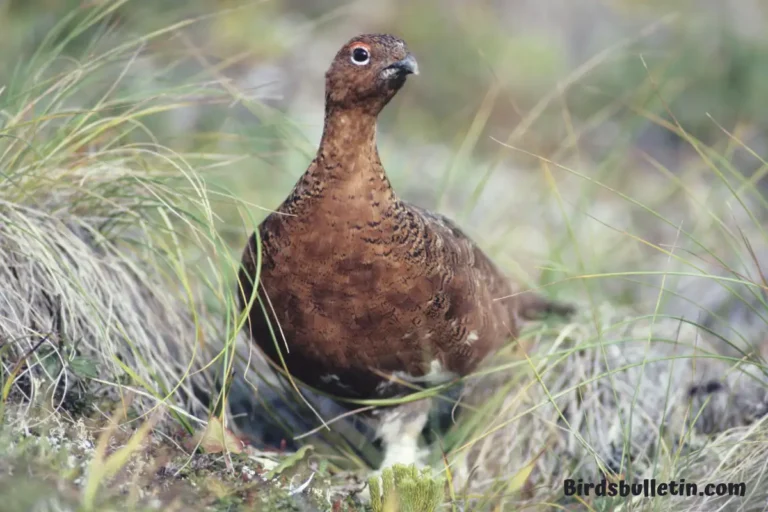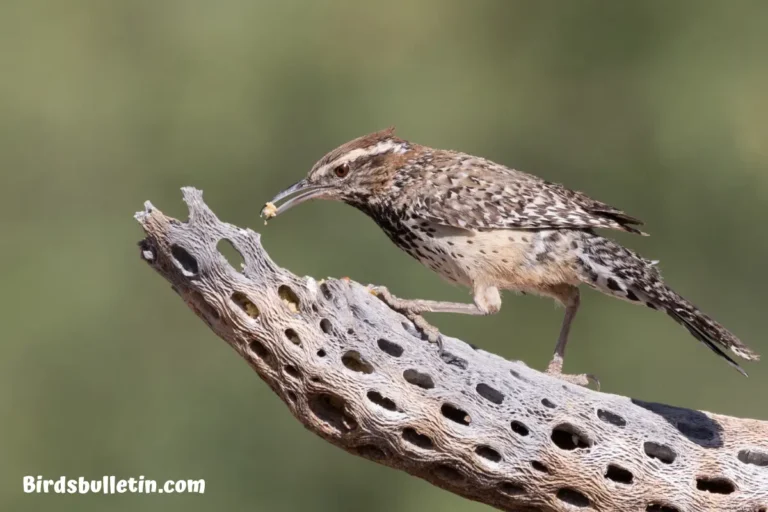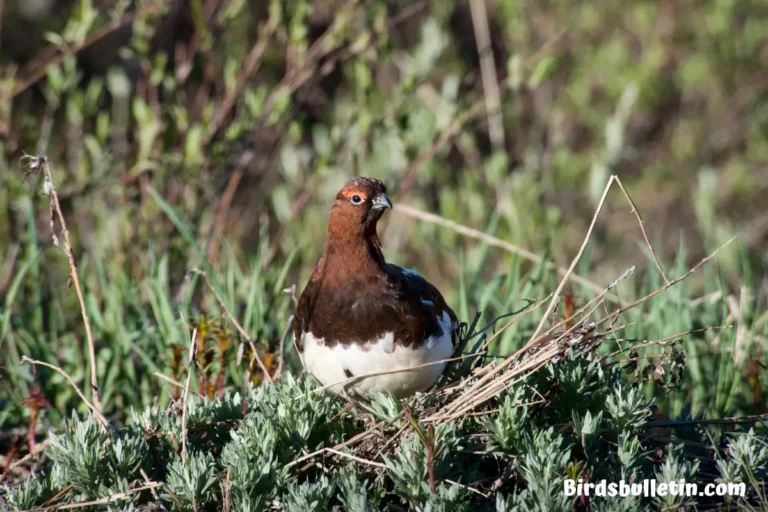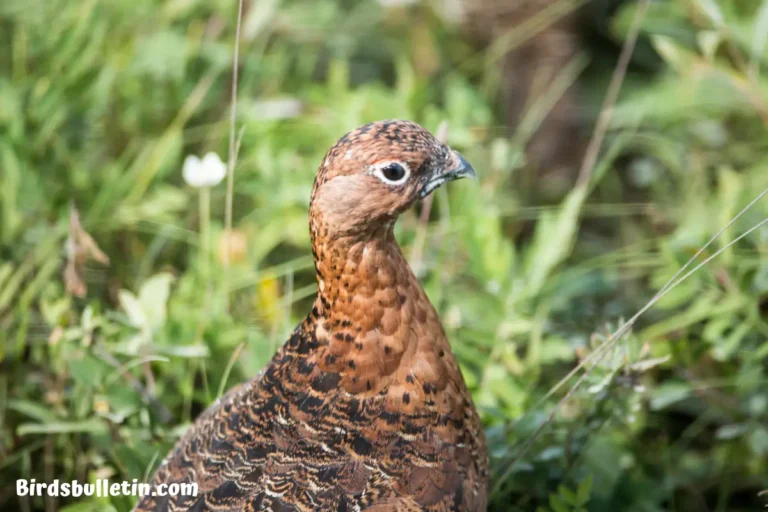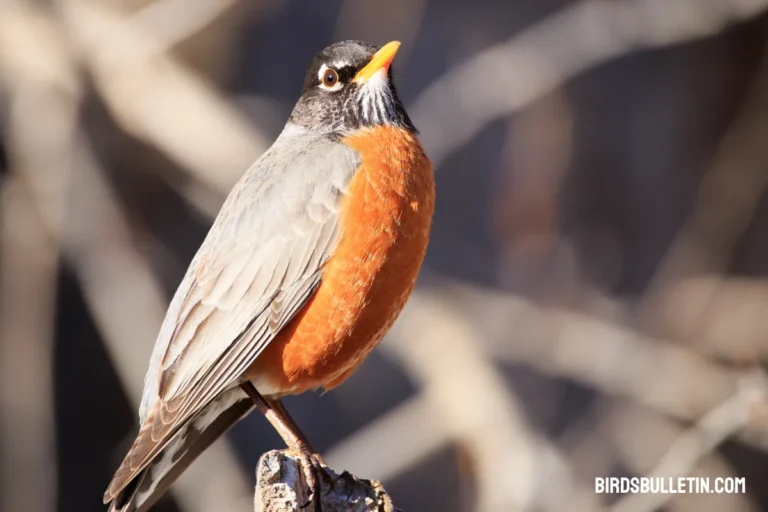Overview Of the Mearns’ Gilded Flicker
Scientific Classification
Mearns’ gilded flicker is classified as:
- Kingdom: Animalia
- Phylum: Chordata
- Class: Aves
- Order: Piciformes
- Family: Picidae
- Genus: Colaptes
- Species: chrysoides
- Subspecies: Colaptes chrysoides mearnsi

Want to learn more about bird subspecies:
Identification
This particular gilded flicker reaches 9-11 inches in length and 17-20 inches in wingspan. It has a brown back with black barring and a brown underside with black spotting on the breast.
The male has a red mustache stripe, gray forehead, and throat. The female has a light brown forehead and throat. A bold black crescent shape crosses the upper breast.
Location
This Flicker bird is residing in southeastern California, southern Arizona, and northern Mexico. In California, it is found in the Colorado Desert region.
Its range extends south into the Sonoran and Chihuahuan Deserts. It occupies desert scrub and riparian woodlands up to around 4000 feet elevation.
Unique Traits
- Desert Adaptation: Mearns’ Gilded Flicker is well-adapted to desert environments. It often nests in saguaro cacti, utilizing the plant’s natural cavities as nesting sites. This adaptation allows them to thrive in arid regions where water sources might be scarce.
- Specialized Diet: This flicker species primarily feeds on ants, beetles, and other insects found in the desert. Its diet also includes fruits, seeds, and cactus fruits, showcasing its ability to utilize diverse food sources in the desert habitat.
- Distinctive Vocalizations: Mearns’ Gilded Flickers have unique calls and drumming sounds used for communication and territorial displays. These vocalizations are essential for mate attraction and maintaining their territory.
Summary
This Bird is a desert subspecies of the gilded flicker found in southeastern California, Arizona, and Mexico. It possesses typical gilded flicker markings but shows adapted desert traits like extensive ground-foraging and strong claws for desert trees.
This subspecies resides year-round in desert regions of the southwest, nesting in riparian trees and foraging on the ground for ants and insects using its tongue. Breeding pairs are characterized by exhibiting cooperative breeding behavior.
Frequently Ask Questions
01. What desert plant provides an important food source for Mearns’ gilded flicker?
The saguaro cactus provides nourishment for Mearns’ gilded flicker in the form of nectar from its flowers and fruit when in season. The flicker also excavates nest holes in dead saguaro arms and trunks.
02. How does Mearns’ gilded flicker deal with high temperatures?
To stay cool, Mearns’ gilded flicker relies on evaporative cooling by excreting onto its legs and feet which then evaporates. This helps dissipate heat from its body.
03. What led to Mearns’ gilded flicker being named as a distinct subspecies?
Ornithologist Edgar Mearns observed differences between gilded flickers in Arizona compared to those in California in the late 1800s. He described it as a new subspecies of C. c. mearnsi based on its more curved bill and darker plumage.
04. How does Mearns’ Gilded Flicker find water in arid deserts?
Mearns’ Gilded Flicker derives most of its water from its food, especially juicy fruits and insects. They have specialized kidneys that help them conserve water efficiently. During dry periods, they might also utilize morning dew or occasional rainwater.


